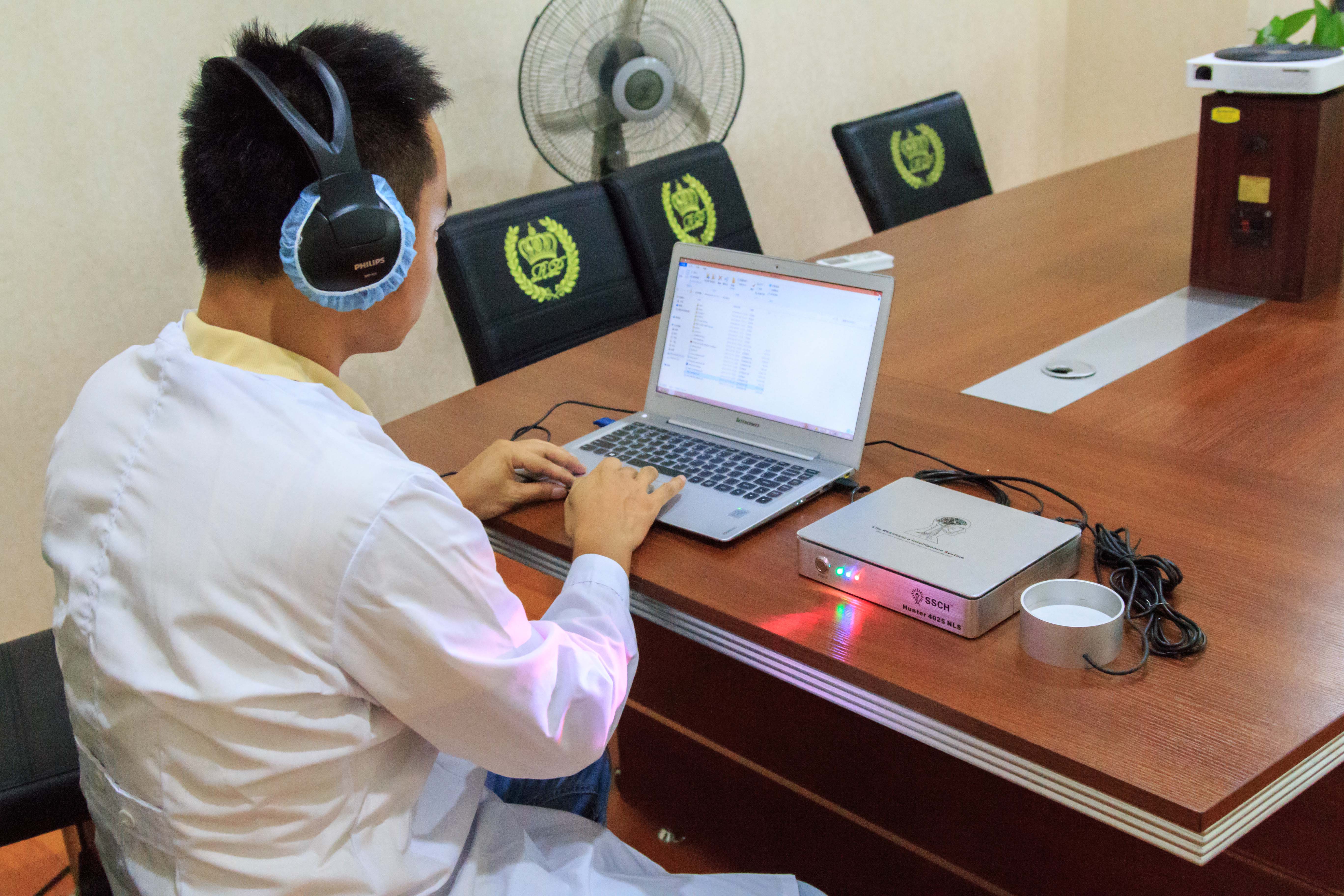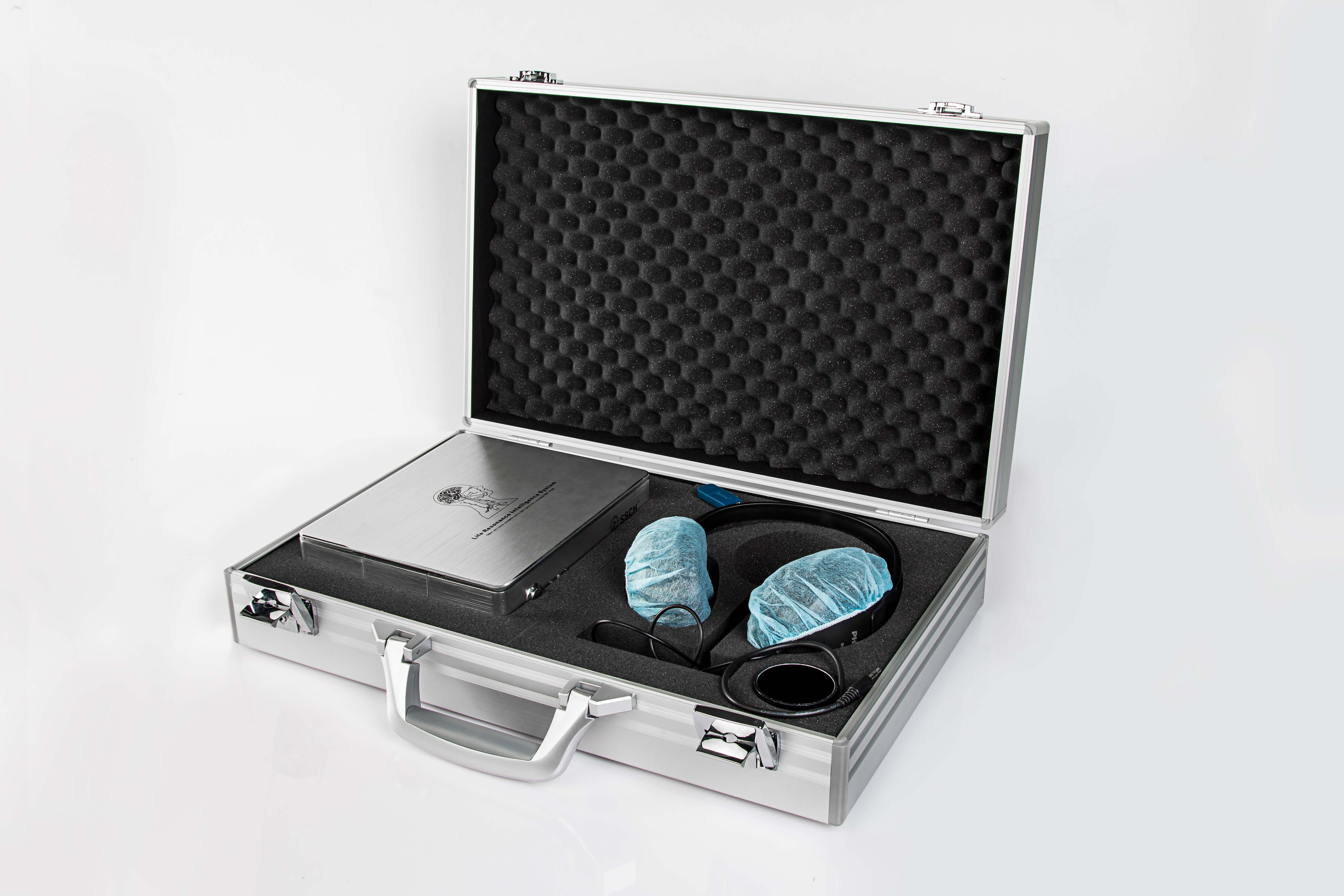The watermelons and melons of the summer stalks planted in greenhouses in various districts in Beijing are now basically in the swell period. In Daxing District, the “Old Song Kua Garden,†when he entered the greenhouse, he saw that workers were using plastic bottles to spread things to watermelons. According to the technicians, as the temperature rises, the watermelon "Red Spider" begins to enter its initial stage. This is to release the Chilean phytoseimin for biological control. In the early stage of pests, it can control the red spider without a drop of pesticide. Live, watermelon is better and safer.
West melon "Red Spider" continues to increase damage
"Red Spider" is also known as leafhopper. It is one of the main pests on watermelon and melon in the facility. The field is mixed with two-leafhopper and cinnabar. The entire growth period of leafhoppers is composed of five stages: egg, pups, first gills, second gills and centipedes. After the pups and each Raccoon, there will be a quiescent period. The breeding mode of leafhoppers is mainly male and female, and can also be parthenogenetic. The offspring of parthenogenetic reproduction is male. Its breeding ability is strong and the breeding speed is fast. The average number of eggs per female is up to 100. It takes only about 9 days to complete a generation at a constant temperature of 30°C.
Ye Yan can breed 12 generations to 15 generations per year in greenhouses in northern regions. High temperatures and droughts are conducive to the outbreak of leafhoppers. When temperature rises early and the temperature is high, leafhoppers occur early and are seriously damaged. Due to the high temperature of greenhouses, leafhoppers occur earlier. The initial source of insects is usually transplanted with watermelon and melon seedlings into greenhouses, and there are also leafhoppers that migrate into the greenhouses in the sheds or overwintering around weeds in greenhouses. Or spread and spread with agricultural operations. It usually begins in April and peaks in June-July as temperatures rise. With Chengyu, Ruoqiang, and Cuo concentrated on the back of the leaves, the nets were sucked and sap sucked. The leaves suffered from pale spots and gradually turned yellow. In severe cases, the leaves scorch prematurely and even the whole plant died. Usually, the lower leaves are damaged and spread gradually upwards. After the leaves are damaged, the photosynthetic activity is affected seriously, which has a great influence on the yield and quality of watermelons and melons. Generally, the production of melons can be reduced by 15%-20%.
Using Chilean phytophage to prey on "Red Spider"
At present, the control of leafhoppers in production is mainly based on spraying of chemical pesticides. However, cockroaches are resistant to various types of pesticides. In addition, long-term and unreasonable use of the pesticides has caused serious drug resistance, resulting in unsatisfactory control results. , how to fight drugs "Red Spider" can not go! The data showed that the leafhoppers in Beijing, Shanxi, Shandong, and Hainan all had high resistance to abamectin. The population resistance of the population of Tetranychus urticae in Beijing Miyun was more than 1000 times. Populations of spirooxime esters, pyridoxine, bifenthrin, spinetoram, konjac, bifenophenate and other pesticides showed decreased resistance or moderate to low levels of resistance. The types of chemical acaricides are less, and with the emergence of resistance to leafhoppers, chemical control is difficult to control the damage of leafhoppers.
Beijing has a long history of growing watermelons and melons. At present, the city's watermelon and melon planting area is close to 80,000 mu. The watermelons in Daxing District are even more famous. The safety issues of the use of watermelons and melons have attracted much attention, especially when the late growth period is approaching the market. It is also a period of high incidence of leafhoppers, and the use of pesticides will be greatly restricted. The problem of pesticide residues is also the focus of consumers' attention. How can we make melon farmers? Get high yields and let consumers eat healthy melons? In recent years, the technology of using the natural enemies “predator†to control leafhoppers has been widely used in the cultivation of vegetables, strawberries and fruit trees in the suburbs of the country. The Chilean planted frog is a kind of high utilization value and its application effect is very high. Good "predator." From 2016, technicians from the Plant Protection Station began to demonstrate the use of Chilean vegetable phytoremediation technology to control watermelon and melon "Red Spider" technology in the sheds in Daxing and Yanqing districts.
The intellectual phytophthora belongs to the phytoseiidae family and is a specialized predator for leafhoppers. The phytoseiidae is currently the most developed, most researched, and most widely used type of predator, and it is distributed all over the world. It is able to prey on herbivorous aphids such as leafhoppers, cockroaches and crickets. Biocontrol application value. There are more than 30 species of leafhoppers that are known to be able to prey on leafhoppers in the phytotuberculaceae family, including Blunt Mantis genus, Phytophthora genus, and Blunting genus, and the most widely used in facilities in Beijing is Chilean phytoseiid.螨 巴 巴 巴 巴 巴 巴 巴. The Chilean plant twig was first screened out in the late 1960s to control leafhoppers and was successfully commercialized. In the seventies and eighties of the 20th century, our country introduced the Chilean plant twigs, the western static walking worms and the pseudo-new larvae for the control of leafhoppers.
Chilean small-headed storks have larger heads than leafhoppers, and have strong activity and crawling speed, and they can quickly control leafhoppers. Like leafhoppers, the entire growth period is composed of five stages: egg, young cub, first gnat, second gnat, and adult pupa. However, there is no obvious quiescent period; the young cubs do not feed, and if pupa and pupa are Ye Hao's pheasants can prey. Usually, each Chilean phytoseiid can prey on 5 heads to 30 heads per day of the leafhoppers, and the females with the strongest predation have higher predation rates of 60 to 70 capsules per head per day.
After years of research, the Beijing Plant Protection Station has mastered the large-scale breeding technology of Chilean small-planted larvae, including large-scale breeding, product collection, packaging, and storage. At present, two Chilean mini-plants have been established in Beijing.螨 Production line, the product mainly meets the needs of prevention and control of leafhoppers in the Beijing-Tianjin-Hebei region, and radiates to the whole country. In 2009, the Beijing Plant Protection Station has promoted the use of small planted leeks in Chile on major crops such as vegetables, strawberries, watermelons, and melons in the Beijing area. This year it plans to promote more than 10,000 acres of demonstrations in the city’s facilities for fruits and vegetables. Radiation has driven more than 50,000 acres. Application of Chilean vegetable phytofossa to control leafhoppers can not only control insect pests in a long-term manner, but also reduce manual investment, reduce the use of chemical pesticides, and ensure the quality and safety of agricultural products.
Chilean vegetable tannins matching application technology
â—† Reduce the base number of insects thoroughly clean the sheds and their surrounding areas before planting. Disinfect the sheds and select no insect-bearing seedlings for transplanting. Put the sterilizing mats in front of the sheds or sprinkle the white ash to block the artificial spread and strictly control personnel access to the sheds. Human transmission.
â—† Supporting Cultivation Measures In the process of growing watermelon and melon, timely removal of old leaves and sick leaves, increase air and light transmittance in the shed, reduce the occurrence of red spiders, strengthen water and fertilizer management, achieve balanced fertilization, and cultivate robust plants.
â—† Release of natural enemies In the initial stage of “Starsâ€, Chilean phytosei were released for prevention and control. According to the ratio of benefits to pests of 1:20 or 3,000 heads to 9,000 heads/mu, they were released after 2 weeks, effectively controlling the damage of leafhoppers. In the case of severe leafhoppers, the central strain was selected for release and the Chilean plant twigs were released at 60 heads/strain. When it is released, it is sprinkled on the surface of the blade along with the medium. Care should be taken to avoid the use of insecticides and acaricides during the application of the predator.
Metatron Hunter 4025:
Description and Field of Application
Purpose
The Metapathia-GR Hunter software can operate only with the telemetric nonlinear analysis data processing apparatus "Metatron" and its subsequent modifications. The telemetric nonlinear analysis data processing device is compatible with the IBM-type PCs and intended for studying reaction of a biological object to different types of the informational impact. "Metatron" allows correlating the measurement process with the process affecting it and performs the following.
Operations:
1) It measures J (0) which mirrors the change of the describing parameter, and the entropic potential relative to its ini- tial value;
2) It transforms continuous signal J (0) with the preset intervals of frequencies into a histogram (a row of numerical val-ues of scanned frequencies with serial numbers from 1.8 to 8.2 Hz.);
3) It sends the current W values to PC and displays the graph on the monitor simultaneously with its impact on the examinee.
4) It accumulates the W value in its memory unit, if observing the histogram is more convenient upon completion of the measurements;
5) It issues the scale-correlated commands required for regulating the effect on the examinee at testing;
6) It transmits the W values from the unit into PC memory upon completion of the measurements and saves them in unit memory of prior to the beginning of recording data of the next measurements.
Telemetric nonlinear analysis data processing apparatus "Metatron" (hereinafter "apparatus") can be used for non-linear analysis of biological structures and testing of biologically active supplements. The apparatus can also be used in research centers and scientific research facilities.

The apparatus is intended to register psychophysics changes in system and allows to:
- Get qualitative estimation of functional condition in a form of topical analysis.
- Control effectiveness and results of different ways of treatment.
- Analyze dynamics of functional condition changes over period of time.
- Determine initial nidus of functional breach.
- Estimate character of changes using expert systems.
- Estimate basic characteristics of bio-system homeostasis.

Metatron Hunter 4025,Metapathia Gr Hunter 4025,Metatron 4025 Nls,Metatron Gr Hunter 4025
Shenzhen Guangyang Zhongkang Technology Co., Ltd. , https://www.szlighttherapymachine.com